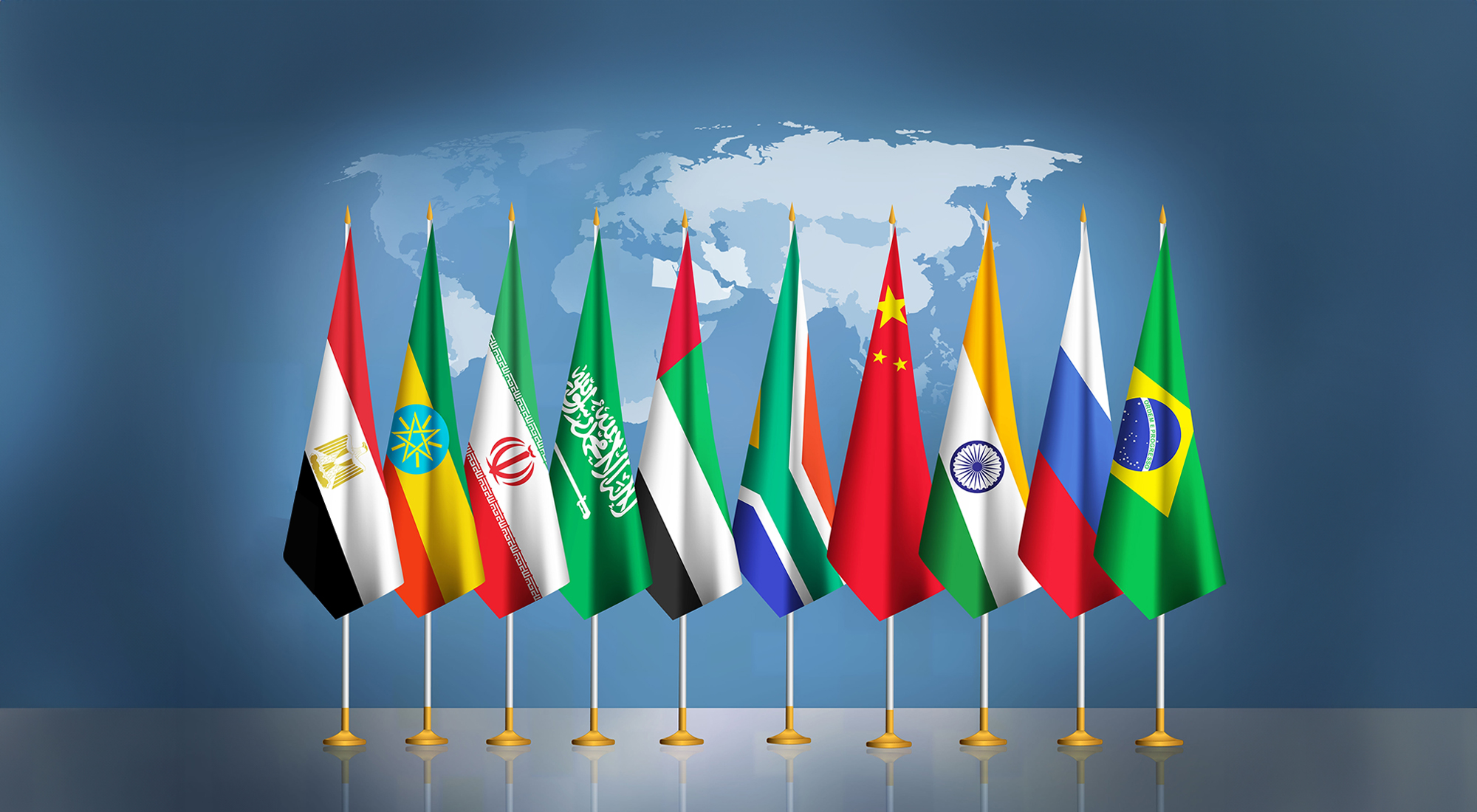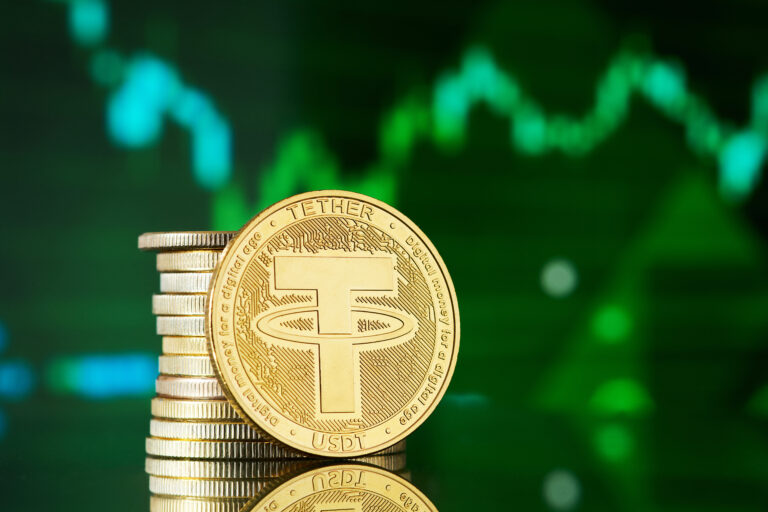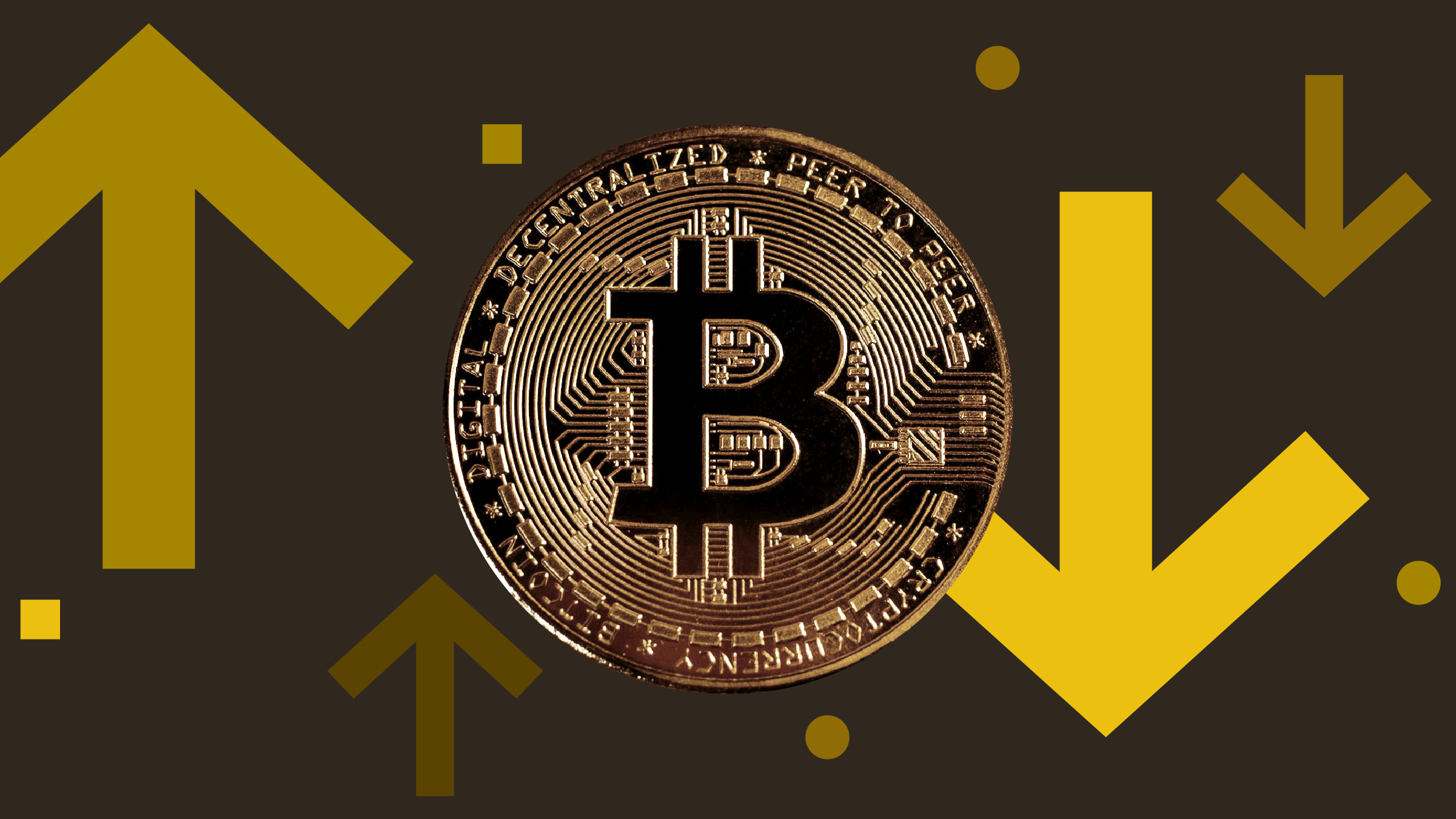- BRICS holds over 6,000 tons of gold, backing its de-dollarization strategy.
- Alternative payment systems like BRICS Pay reduce reliance on Western banks.
- Local currency trade is rising, signaling a step toward a potential BRICS currency.
The BRICS bloc is intensifying efforts to reduce reliance on the US dollar, marking a tangible shift toward de-dollarization. With over 6,000 tons of gold reserves and a growing network of alternative payment systems, member nations are laying the groundwork for a potential BRICS currency. Analysts say the bloc’s approach is no longer theoretical—it is a deliberate strategy that leverages tangible assets to shield against Western financial influence.
Alternative Payment Infrastructure Gains Momentum
At the 2025 BRICS Summit in Rio de Janeiro, officials discussed expanding the BRICS Pay system, initially proposed in 2018, to support local transactions without relying on Western banks. The system addresses vulnerabilities exposed by Swift’s partial exclusion of Russia in 2022, which cost Russian banks nearly $250 million in just six months. China’s central bank governor Pan Gongsheng highlighted the geopolitical risk of relying on a single dominant currency, emphasizing that control over Swift grants Western powers the ability to dictate global financial participation.
Gold Reserves Strengthen De-Dollarization Strategy
BRICS nations now hold roughly 20–21% of global central bank gold reserves, including 2,335 tons in Russia, 2,298 tons in China, and 880 tons in India. This accumulation provides a solid foundation for currency alternatives and strengthens the bloc’s negotiating power in global markets. Russia and China alone control nearly three-quarters of the bloc’s gold, underscoring the strategic weight of these assets in the push to bypass dollar networks.
Local Currency Trading Reduces Dollar Dependence
Increasingly, BRICS nations are conducting trade in local currencies to avoid US dollar exposure. China, for instance, is reducing its US Treasury holdings while encouraging trade partners to settle in renminbi. Egypt’s issuance of panda bonds in Chinese currency illustrates the growing acceptance of alternative settlement mechanisms. Trade among Global South countries has risen from $2.3 trillion in 2007 to $5.6 trillion in 2023, reflecting a broader trend toward financial independence from Western systems.
Also Read: BRICS Coalition Explained: How Five Nations Are Rewriting Global Economics
While a BRICS currency launch is not immediate, progress is clear. Gold reserves, payment infrastructure, and local currency trading are collectively building a resilient framework for dollar alternatives. Each step strengthens the bloc’s ability to operate independently, signaling a new chapter in global finance.
Disclaimer: The information in this article is for general purposes only and does not constitute financial advice. The author’s views are personal and may not reflect the views of CoinBrief.io. Before making any investment decisions, you should always conduct your own research. Coin Brief is not responsible for any financial losses.




